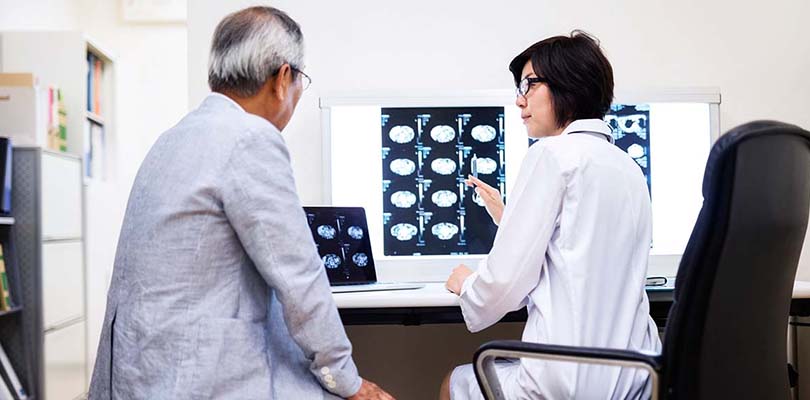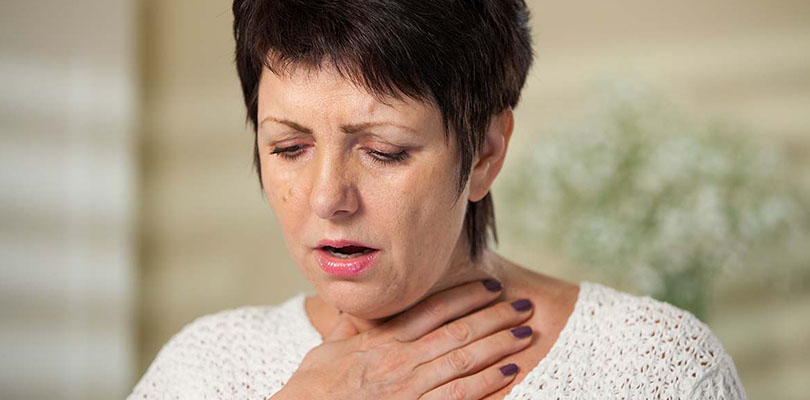Uterine and Endometrial Cancer
Being a woman means you have the opportunity to experience a range of cherished moments. From pregnancy and childbirth to breastfeeding, the female body can do amazing things.
Unfortunately, the not all unique experiences are positive. Due to different physiology, women are at risk of conditions, like uterine and endometrial cancer, that never affect men.
Cancers tend to create high levels of anxiety, but learning about the condition, the risk factors and the treatment is a great way to put your fears to rest.
Uterine and Endometrial Cancer Basics
Even though uterine and endometrial cancers target the same part of the body, they emerge as two separate forms of cancer with their own prognosis and risks. Knowing the difference can prepare you for any time when the cancer impacts your life or the life of a loved one.
Endometrial cancer is a much more common form of the disease compared to uterine cancer (often called uterine sarcoma). Endometrial cancer affects the endometrium, the inner lining of the uterus.
Endometrial cancer accounts for 6% of all cancers in American women. Uterine sarcomas are far less common, though. Only about 1% of all gynecological cancers are uterine sarcomas.
Along with the differences in rates of occurrence, the prognosis from these forms of cancer are quite different. Endometrial cancers tend to be easier to diagnose and cure while uterine sarcomas are more aggressive, more resistant to treatment and more dangerous.
Endometrial and Uterine Cancer Risk Factors
Risk factors represent a number of traits a person has that makes a condition more likely to present. There may not be a direct relationship between these cancers and any one risk factor, but having multiple risk factors increases the likelihood of these cancers affecting your life.
Certain people find themselves at a higher risk of endometrial cancer. Risk factors of endometrial cancer include:
- Being on hormone therapy
- Obesity
- Diabetes
- Polycystic ovarian syndrome
- Having your period at a young age
- Late menopause
- Having close family members with uterine cancer
- Other conditions like endometrial hyperplasia
Like with many other cancers, age is a significant risk factor here as well. Also, people using the drug tamoxifen for breast cancer treatment or prevention experience a greater risk of endometrial cancer.
Uterine cancer offers another set of risk factors. One of the primary causes of uterine cancer could be previous use of pelvic radiation therapy. As many as 25% of people with uterine cancers have previously used this treatment for uterine bleeding.
Like with endometrial cancer, women using tamoxifen should always receive exams from their doctors to access the risk for uterine sarcoma.
There are over 120 types of brain tumors. The most common types of brain cancer include acoustic neuroma, chordoma, brain stem glioma and more.
Signs of Endometrial and Uterine Cancers
The signs and symptoms of cancer may emerge at various stages of the condition. The most common signs of endometrial cancer include:
- Vaginal bleeding and discharge that is not connected to your period
- Continued bleeding even after menopause
- Pain, discomfort, or difficulty while urinating
- Pain in the pelvic area
- Painful experiences during sex
As you might expect, the signs of uterine cancer overlap somewhat with the symptoms of endometrial cancer. The common symptoms of uterine cancer include:
- Bleeding unrelated to your period
- Bleeding after menopause
- A mass or lumpthe vagina
- Pain or a full feeling in your abdomen
- The need to urinate more frequently
Diagnosing Endometrial and Uterine Cancers
Doctors will use similar procedures to investigate and diagnose these cancers in women. If your symptoms suggest endometrial or uterine cancer, a doctor may order a:
- Complete physical exam and history
- Biopsy to study cells from the area
- Dilatation and curettage, often called a D and C, where tissue samples are taken from the uterus
- Transvaginal ultrasound to get a picture of body tissue
- Pelvic exam and pap test to search for abnormal cells
Based on these findings, the medical professionals can make a proper diagnosis.
Endometrial and Uterine Cancer Treatments
As mentioned, uterine sarcoma is less common but more aggressive. Possible treatment options for this form of cancer include:
- Surgery to remove the cancer and areas affected by the cancer
- Radiation therapy, which uses intense x-rays to kill cancer cells.
- Chemotherapy to kill the cancer or stop it from continuing to grow in the body
- Hormone therapy to remove hormones or stop their ability to inadvertently trigger the growth of cancer
Radiation can occur outside of the body from a machine or from inside the body with radioactive substances being placed in the body.
Endometrial cancer treatments employ the same strategies to manage the condition with the addition of targeted therapies. Targeted therapies can use special antibodies, protein blockers, and signal blockers to attack and destroy endometrial cancers without harming the healthy cells.
With both forms of cancer, doctors may recommend a form of hysterectomy to remove the cancer and other tissues to prevent the cancer from spreading or reoccurring.
Endometrial cancer and uterine sarcomas can drastically impact a woman’s life, so always attend your preventative screenings and call your doctor if new signs and symptoms occur. Acting quickly leads to better outcomes.







